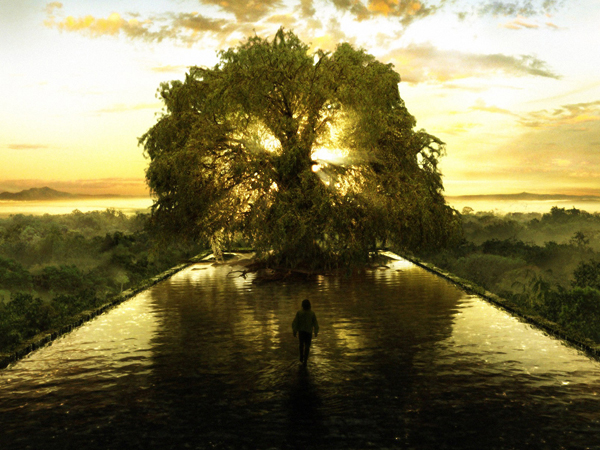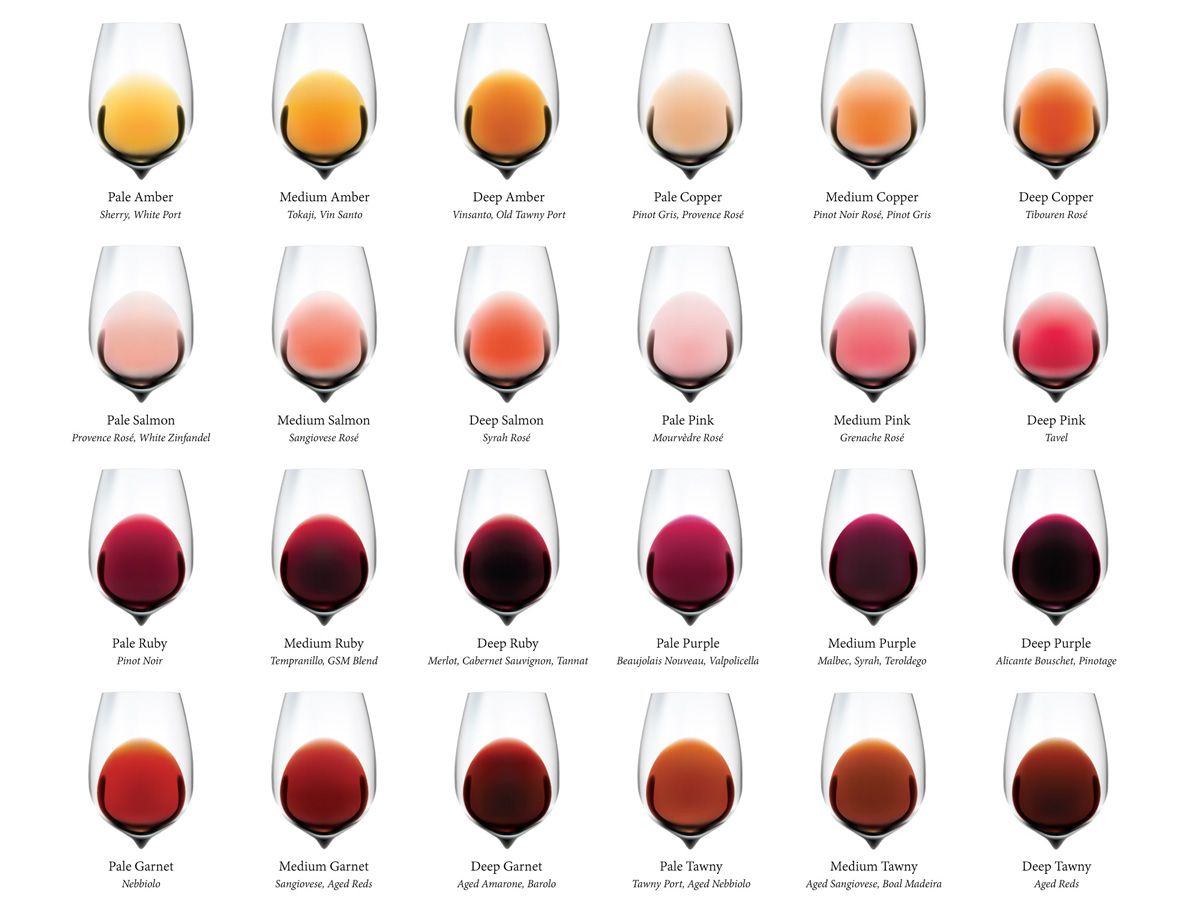

The Douro river cuts through the Portuguese hillside like a knife with sheer hills covered in terraced vineyards falling into the river. The warmest parts of the region closest to the river. From here near Pinhao you climb up the winding road like a goat searching for the sunny reaches and cooler air where the breeze finally makes an appearance. Climbing up what must be one of the most picturesque drives through vineyards in the world you make a hard right and work your way along ancient schist walls of stone cleared from the surrounding land. This one lane winding road brings you to a patchwork of vineyards and exits one of which leads to Secret Spot wines. Also known as Quinta Da Faisca (lighting or spark). As the hills around here are a beacon for the lightning storms that can occur.


I was picked up by Goncalo and his son in a English Landrover before meeting up with Hugo the winemaker and the whole crew.
Joao , Ceila , Rui, and Miguel.
Goncalo was kind enough to show me some of the red grape vineyards that they were possibly going to buy fruit from.

Old vineyards in many different aspects and conditions. From well maintained expertly grown and managed vineyards to neglected vines struggling to bear fruit on forgotten cliffs and hillsides. The quality of the fruit from some of these older vineyards up to 100 years old was something to behold with certain varieties giving colour flavour and extract while other varieties on the same plot are lighter and carry more acidity. Nearly all the older vineyards are a patchwork of Portuguese grape varieties some known (Touriga Nacional, Touriga Franca, Tinta Cao, Tinta Amarela, Tinta Roriz, Tinta Barrocca, Sezao, Alicante bouschet etc) some unknown even by the locals. What they have garnered is to get a feel for what each vineyard gives them in terms of quality and flavour.

The Favaios region where most of the white Moscatel Galego Branco grape is grown (Muscat Blanc a petit grains), lies on top of the Douro hills some 500-700m above sea level compared to the main centre Pinhao on the banks of the Douro at 96m. This elevation means that they have better exposure to cooling breezes and cooler day temperatures due to the elevation.

In real terms this means that white grapes can grow quite successfully up here compared to the hotter areas below maintaining some freshness and acidity.

The vineyards around the Quinta are mostly white grapes of Moscatel Galego Branco, with a few other varieties that can add something to the blend like Viosinho, Gouveio, Malvasia Fina and Rabigato.The winemaking is quite involved with the guiding hand of Hugo having worked under the likes of Rui Cunha and now fully in charge he brings a wealth of knowledge and experience to the secret spot stable. Goncalo being an expert viticulturist having many clients he consults for. The combination combined with the ethos of only the best will do means that they are making some exceptional wines at bargain prices.


Their red grapes come from smaller holdings of older vineyards within the Douro Valley with more stoney schists soils as mentioned earlier. They are all dry grown on the cliff like and terraced vineyards that collapse into the Douro river. These vineyards vary in age but in general are anywhere from 20 years old a young vineyard to some post phylloxera plantings in the late 1800's. With many some 50-100 years old. This wealth of vine age and the dry grown vines that struggle to hold their position makes for low yields and high quality yet the price per tonne is not always reflected in the quality. Due in part to the unfashionable nature of port. But these varieties when made into full bodied dry red wine can make for impressive drinks (particularly in expert hands).


Grapes are meticulously hand sorted to avoid unripe grapes and overtly shrivelled ones as well as unsuitable varieties in the field blend.


The whites are made like any aromtic white but with an element of lees contact in tank and some barrel fermented wood influence to a lesser degree

The reds are made in a more extracted style with long vat time and long barrel maturation to round and soften the fuller style , but it seems to work remarkably well for these Portuguese old vine red varieties.

I found their whites beautifully balanced and fresh with a muscat lychee lift yet a good balance between texture and freshness.
Having tasted some aged examples they can get quite interesting but still remain somewhat youthful and bright with age.
The reds had a full and structured elegance with no overbaked flavours or underipe tannins. They were expertly realised with length depth and dark fruited balance.
The Portuguese people I worked with are an understated friendly crew who cpuld get animated but showed a degree of humility compared to their Spanish neighbours. It was a delightful working experience with the regular lunches and good Portuguese coffee and Miguels driving. Haha
Thanks to Goncalo, Hugo and the crew for making me welcome. Abrigado.


























































































































































































































































































































































